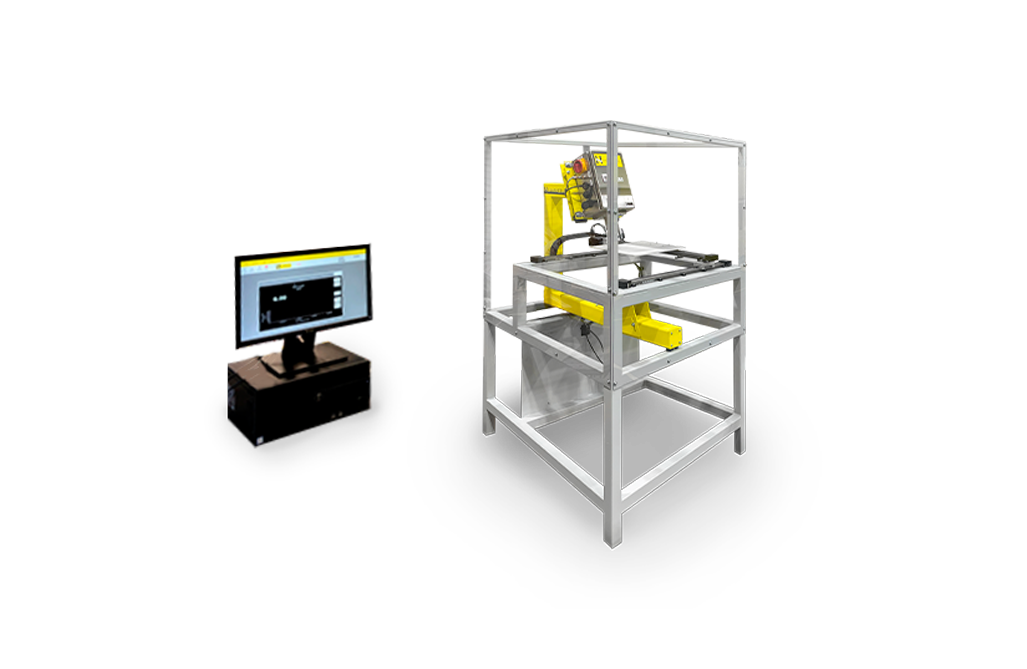
Polymer foams are made up of a solid and gas phase mixed together to form a foam. A uniform cell structure is obtained through synthetic foam extrusion, where gas is either injected (physical foaming) or evolved by heat (chemical foaming) and must be thoroughly dispersed in the polymer melt. Nitrogen, carbon dioxide, pentane or butane is used in physical foaming. Chemical foaming uses chemical substances that decompose when exposed to heat.
Synthetic foams are produced in blocks and rolls. Block foams are cut and sliced, whereas thinner foams are produced on rolls. The most popular materials used in foams are PU (Polyurethane), PP (Polypropylene), and PP (Polypropylene). Other materials include EVA, PE, NBR, PS, PVC, silicone and EPDM.
Hammer-IMS provides solutions for both thickness and density measurement of the foams. The density information is calculated from the measured basis-weight and the measured thickness.
The low density of foams makes them excellent as thermal insulators and flotation devices, and their lightness and compressibility makes them ideal as packing materials and stuffings. The random geometry of these foams makes them good for energy absorption, as well. More recent manufacturing techniques have allowed for geometry that results in excellent strength and stiffness per weight. Thermoplastic foams are finding new applications in various industries including the automotive, sportswear, medical, packaging and furniture industries.
Foams delivered on rolls are mostly produced using a production line consisting of cylindrical extrusion and foaming stages. As part of the inline production process, the thin cylindrical layer is slit open and pulled horizontally.
Petroleum-based rigid foam panels come in various materials, including PIR (polyisocyanurate - e.g. Polyiso), XPS (extruded polystyrene - e.g. Styrofoam), EPS (expanded polystyrene) or Styrofoam. Besides these solutions there are panels based on mineral wool (e.g. Isover). All these insulation panels contribute to high-performance building construction and renovation and can be measured using the M-Ray based solutions of Hammer-IMS.
Before collecting the foam on rolls, foam producers may opt to insert a Marveloc-CURTAIN solution to measure foam thickness and/or density. One or more fixed or traveling sensors ensure maximum coverage in cross-machine direction. When detecting local deviations, the machine operators are informed so that they can take appropriate action. The Marveloc-CURTAIN is equally fit for use as part of flat foam extrusion installations.
The M-Ray based measuring solutions of Hammer-IMS offer lower total cost of ownership (TCO) compared to conventional nuclear and radioactive measuring technologies. This is good news for foam manufacturers with the ambition to equip their production lines with faster and more accurate quality control.
Basis-weight and/or thickness measurement executed on foams results in uniform production quality. Equally important is that accurate inline measurement enables manufacturers to produce foams to specification instead of consistently producing foam that is slightly too thick. This way, foam manufacturers producing 24/7 save huge amounts of base material.
Surface inspection solution for detection of anomalies and defects

Machine for basis-weight measurement of flat materials

Machine for thickness measurement of flat materials
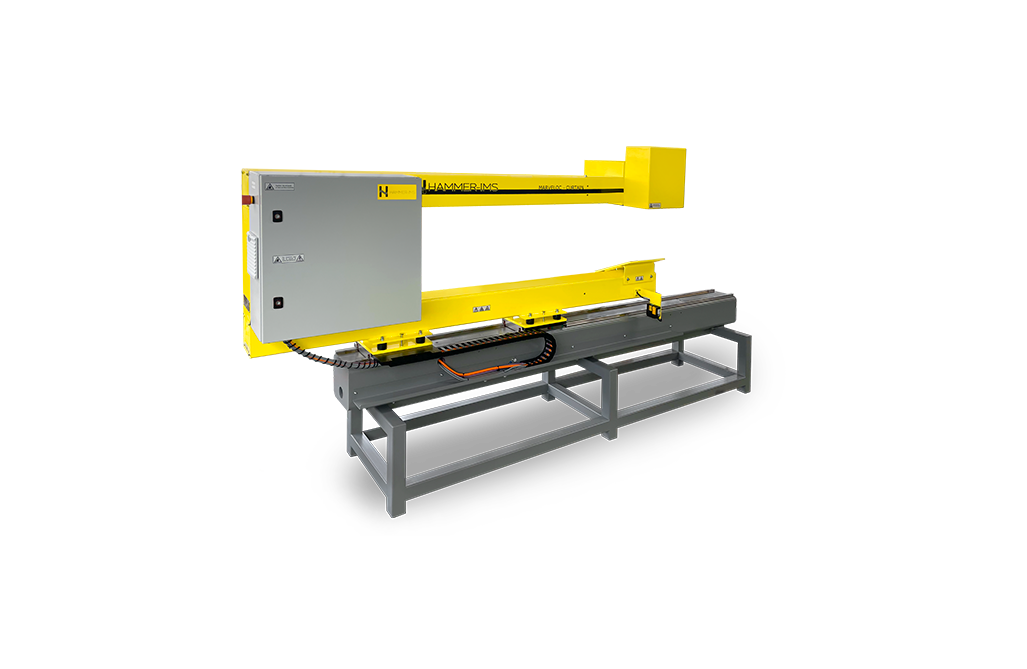
Machine for thickness measurement of flat materials

For OEM projects on basis-weight measuring by machine builders and sensor integrators
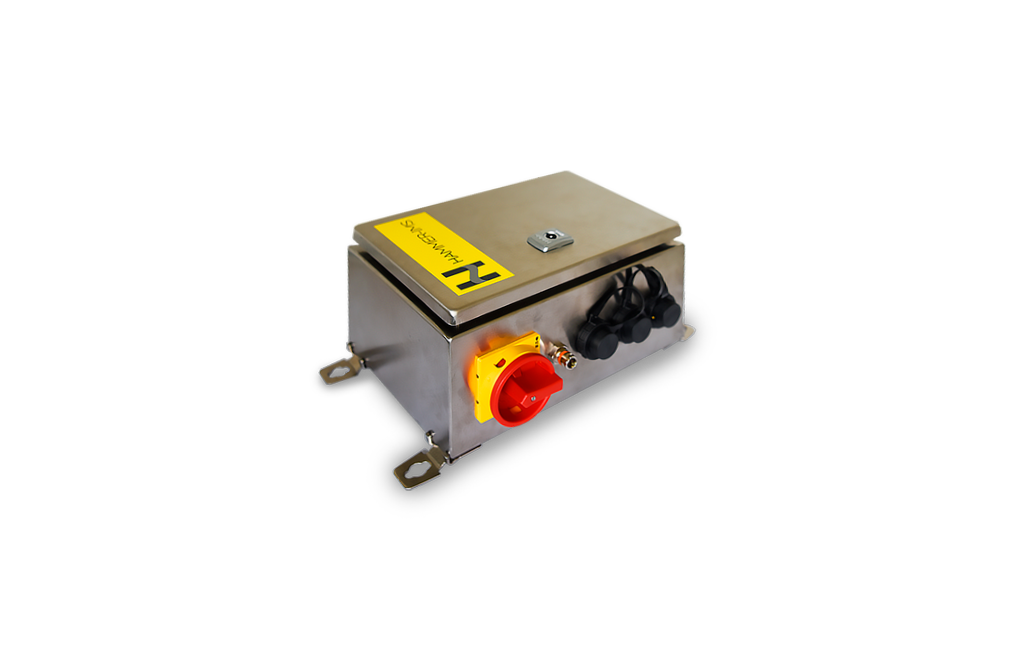
Machine for thickness measurement of flat materials
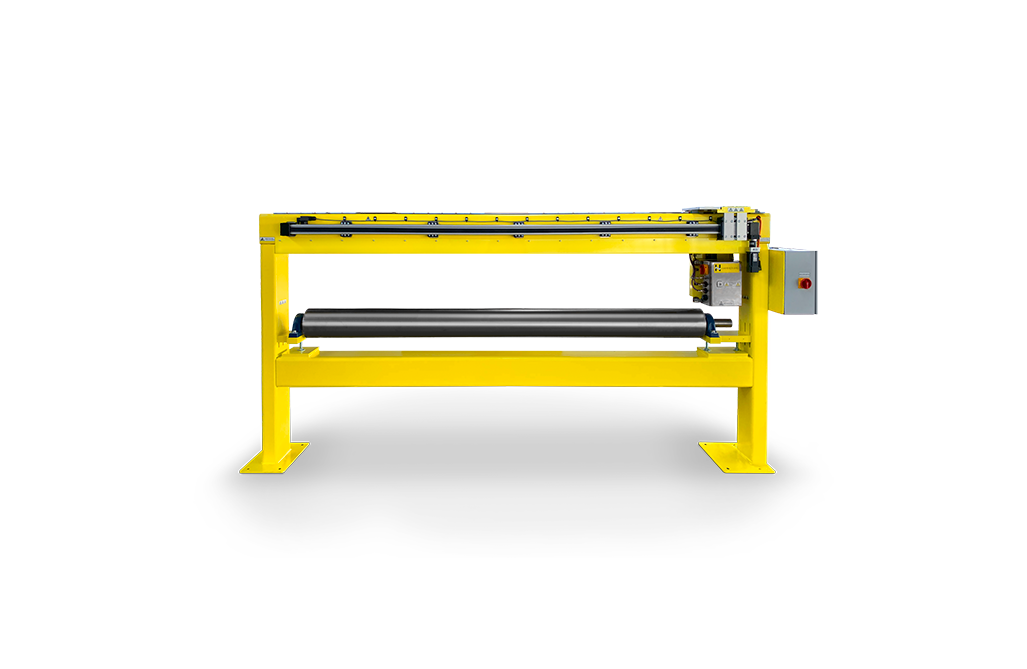
Industrial software to connect to PLC's and various information sources
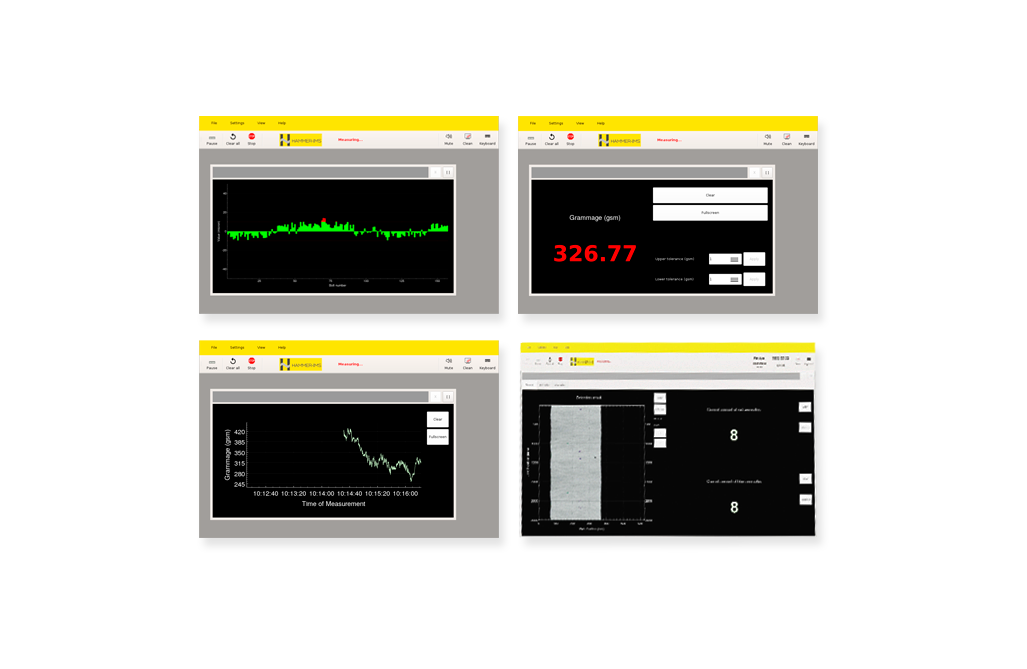
Lab devices, custom or off-the-shelf
